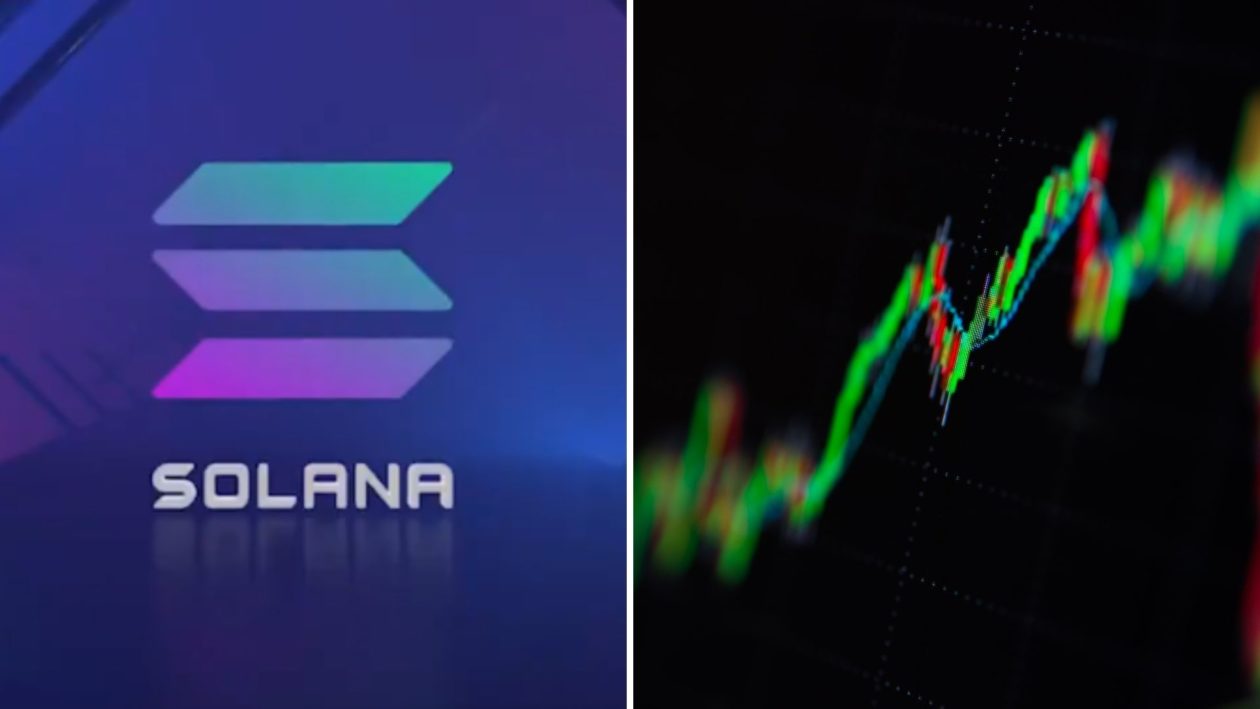Solana, the blockchain and crypto industry’s most recent darling, is now seeing a dramatic change of fortunes as technical issues overwhelmed the network and its native token SOL’s prices plunged more than 25% from its all-time high of 214.96 just last week. The company behind Solana first admitted that the network’s mainnet-beta was experiencing intermittent instability before confirming this was due to a massive increase in transaction load, peaking at 400,000 transactions per second.
This overload caused the Solana network to start forking, which, in turn, resulted in some nodes going offline. Shortly thereafter, Solana’s validator community opted to restart the network, providing the rest of the community with instructions on how to do this via its Twitter feed and its Discord channel. The network restart was successful and supporting systems are expected to also recover as of this publishing time, according to Solana.
While Solana’s crash may have come as a surprise after the network’s recent price runup, industry watchers say Solana has fallen victim to its own success and that there’s not much to be too concerned about — yet.
“This is an early teething problem for all blockchains,” said George Harrap, co-founder of Step Finance, a platform that tracks positions for Solana, in an email to Forkast.News. “Ethereum experienced this in 2016. These are normal growing pains for any blockchain, and the influx of new Solana users wanting to capitalize on the burgeoning Solana opportunities contributed to this event.”
Dubbed an “Ethereum killer,” Solana attracted a great deal of investor excitement in the past month, breaking into the crypto top 10 for the first time and then leaping over Dogecoin, Polkadot and even XRP to reach as high as the sixth position. At the peak of its success, Solana had a market cap of over US$60 billion. Solana has since shed roughly US$12 billion in market cap and slid back into seventh position, back behind XRP. SOL is trading at US$164.40 at publishing time.
Until its price crash, SOL rode the wave of the wildly successful launch of “Degenerate Apes,” a non-fungible token (NFT) series that was supported by the Solana blockchain. One such ape image recently sold for 5,980 SOL, or US$1.2 million, marking a new price milestone for Solana in the NFT space. But before that, Solana was also hyped for its fast transaction speeds. Capable of around 65,000 transactions per second (TPS), Solana is roughly 2,000 times faster than Ethereum and 40 times faster than Visa.
Unfortunately, it is well below the reported 400,000 TPS the network was expected to handle as users flooded onto the network. Larry Cermack, the director of research at The Block, attributed the inflow of activity to a highly anticipated “initial dex offering” scheduled to take place on the network at 12 p.m. UTC yesterday.
With this outage however, critics are jumping onto the very technology Solana is using to reach such speeds; the network relies on a semi-centralized structure in which it elects a node leader, and nodes agree to adopt one universal time based off that leader. In traditional proof-of-work and proof-of-stake consensus models, a great deal of time and processing power are spent verifying timestamp accuracy between nodes in different parts of the world.
Despite these setbacks and criticisms, others say how the network responds to these faults and issues around centralization may be more important than the severity of the technical problems if the network is to survive and thrive for the long term.
“What we should be looking at is kind of, how does problem-solving take place [in the community]?” says Ben Caselin, head of research at AAX, a cryptocurrency exchange. “To what extent do we see a dependency on centralization? Because that would be a bad prospect for a long-term protocol that is really built around kind of open network ethics and decentralization.”
While Caselin remains optimistic of Solana’s long-term viability, he adds that it is a good time to reflect that any token’s ongoing success is by no means guaranteed in this hotly competitive industry.
“Yes, Bitcoin has gone through a lot of similar issues, but it’s come through,” Caselin said. “Even though Solana may pull through, there is no guarantee at all that we will see the same resiliency that we’ve seen with Bitcoin in other tokens.”
But, he added: “For other tokens, this may be the end of it. But not in the case of Solana.”





